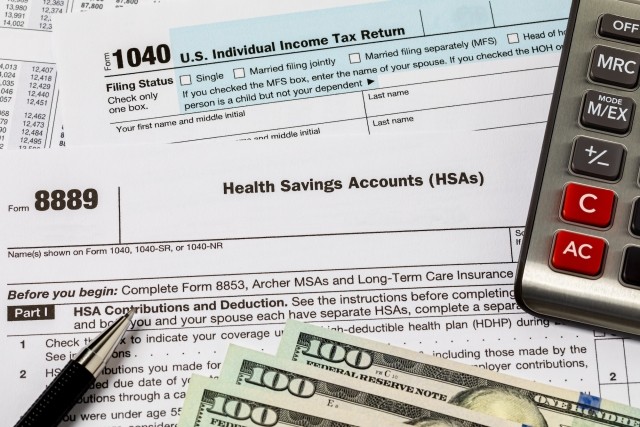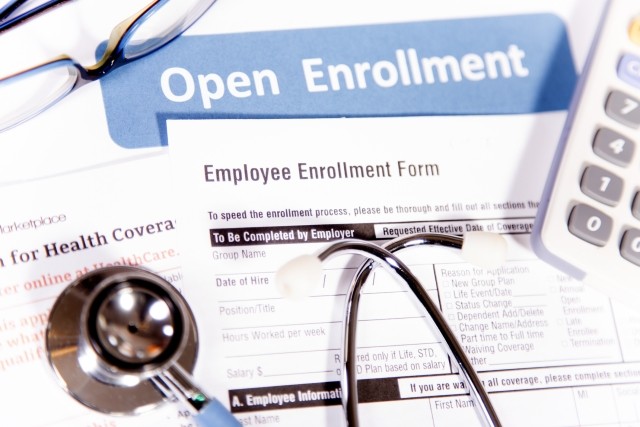Blog
Dependent Eligibility Audit Best Practices
As health care costs continue to rise, many employers are looking for ways they can help contain or eliminate unnecessary health plan costs without impacting the benefits coverage itself. Toward that end, some employers may find that conducting a dependent eligibility audit—to identify ineligible dependents and remove them from the plan—can be a worthwhile endeavor that could result in significant savings for the health plan.
Employer plan sponsors have a fiduciary duty under ERISA to ensure that the group health plan provides benefits only to those who are actually eligible for the coverage. Inadvertently covering an ineligible individual can result in tax consequences for both the employer and employee. But even more critical than that, it can lead to the denial of the medical claims by the insurance or stop-loss carrier, which could result in the employer having to ultimately foot the bill.

Below, we outline some best practices for conducting dependent coverage reviews and audits.
Review the Plan’s Definition of Eligible Dependents
The ERISA plan document is the final, binding “source of truth” when it comes to the applicable terms of the group health plan. The plan document should have language that:
- Preserves the right of the plan fiduciary to interpret the terms of the plan, and
- States that the terms contained within shall prevail over any other conflicting document
That being said, employers should still aim to alleviate employee confusion whenever possible.
The first step in a dependent eligibility audit/review is to ensure that the definition of “eligible dependent” is consistent and uniformly stated throughout the ERISA plan document, the Summary Plan Description (SPD), benefits guides, open enrollment materials, and employee handbooks.
Failing to ensure this exposes the plan to assertions that the plan covers certain dependents the employer never intended to cover. For example, if an employer’s plan document states that eligible dependents include only spouses and children, but its SPD and the Open Enrollment Guide both state that domestic partners are eligible dependents, the employer will face some challenges when it denies coverage for a domestic partner. In addition, failing to align the plan’s eligible dependent definitions with those permitted by the medical or stop-loss carrier (e.g., covering grandchildren or aged-out dependents) can leave the employer on the hook for the resulting expenses.
Ensuring that any out-of-date or inconsistent definitions are timely revised will reduce both employee confusion and the risks of litigation over these issues.
Verify Dependent Status and Supporting Documentation Requirements
Employers should consider whether they will require proof of eligible dependent status, and if so, the type of documentation available to demonstrate proof of dependent status for each class of eligible dependent. Keep in mind the compliance requirements for certain state regulations, such as document parity rules for registered domestic partners and extended coverage for children after reaching age 26.
Some states extend certain protections to registered domestic partnerships that prohibit employers from imposing obligations on a registered domestic partner that they do not impose on married individuals (such as requiring a certificate of registered domestic partnership if the employer does not require married individuals to submit their marriage certificate). However, such document parity rules would not necessarily prohibit an employer from requesting a domestic partnership affidavit for mostly tax purposes (rather than for plan eligibility purposes). This is a nuanced step that should be discussed with the employer’s broker and/or ERISA consultants.
A handful of states (e.g., Florida, New Jersey, New York, etc.) require insured plans to allow an employee’s children to stay on the plan even after they have reached age 26 (if certain criteria are met, which may include an employer’s purchase of a rider to provide this coverage, or the child’s election upon reaching age 26). Often, there is a requirement that the children be unmarried. There are no current rules that limit the type of documentary proof required to verify eligibility for these individuals.
For plans that have not previously required proof of eligibility, there are a few common approaches to verify eligibility:
- Any time a dependent is added to the plan, i.e., at open enrollment and upon each request to add or remove a dependent during the plan year (via a qualifying event).
- Periodic verification: Request proof of eligible dependent status only during certain regular intervals (e.g., annually during open enrollment, every other year, etc.).
- Randomized audit: Request verification from a representative sample (e.g., 20%–25% of participants with dependents). This can be done by the employer itself, or by hiring a vendor to provide a layer of independent review by a disinterested third party.
Employers may want to provide advance notice to employees about the dependent audit, including what the process will be.
For example, an employer may send out a notice stating it is hiring a third-party vendor to conduct a dependent eligibility audit, during which it will randomly sample 20% of the plan’s enrolled dependents to ensure they are eligible under the terms of the health plan. The notice should also explain whether employees will get an amnesty period during which they’ll have an opportunity to correct any mistaken enrollments on their own without penalty before the commencement of the audit.
We recommend that employers memorialize the proof of dependent status requirements consistently in multiple documents, such as in the employee handbook, open enrollment materials, internal administrative procedures document, or in the plan documents themselves.
Update Plan Documents
Sometimes employers decide that they want to revise their ERISA plan document to expand the definition of eligible dependents (e.g., to include domestic partners and/or other permitted dependents listed in the carrier’s document). When revising or implementing any new dependent definitions or substantiation requirements, employers will need to review their plan documents and prepare plan amendments and Summaries of Material Modifications (SMMs) to their plan documents to effectuate any changes.
Any employee communications describing changes to the definitions of eligible dependents and/or the documentation required to prove dependent status should also include a reminder of an employee’s obligations to notify the plan, ideally within 30 days but no later than 60 days, of changes in eligibility status of any enrolled dependents (which protects the dependent’s COBRA rights, where applicable). Even if the plan sponsor decides not to make any revisions to the definition, it might be a good time to provide some employee education/communication about the plan’s dependent eligibility requirements and the employees’ obligations.
Remove Ineligible Dependents
The $64,000 question most readers are wondering at this point is: What happens if the audit uncovers a few ineligible dependents participating in the plan? The answer will depend on whether and how much in claims the dependent has incurred in expenses.
For self-funded health plans, if the expenses are too small to have triggered a stop-loss claim, the employer can either ask the employee to repay the plan or make the amount a taxable wage to the employee (or a combination or both). For fully insured health plans, the employer should notify the carrier and then take the same approach for seeking repayment unless the carrier will do so. In either instance, the dependent should be removed from the plan (on a prospective basis in almost all situations). Note that the ineligible dependent might be able to receive COBRA continuation coverage depending on when and for what reason they became ineligible in the first place.
Your Broker Can Provide Guidance on Dependent Eligibility
Reviewing, updating, and administering dependent benefits does not have to be a daunting task. If you have any concerns or questions about your health plan’s dependent eligibility rules and/or whether you should be conducting a dependent eligibility audit, reach out to your Woodruff Sawyer service team to assist you.
Our Mission to More series offers guidance from leading specialists on what employees want and how employers can adapt to the new benefits universe. For more guidance on the latest in employee benefits, sign up for Woodruff Sawyer’s Benefits newsletter, which includes all Mission to More articles.

Author
Table of Contents










